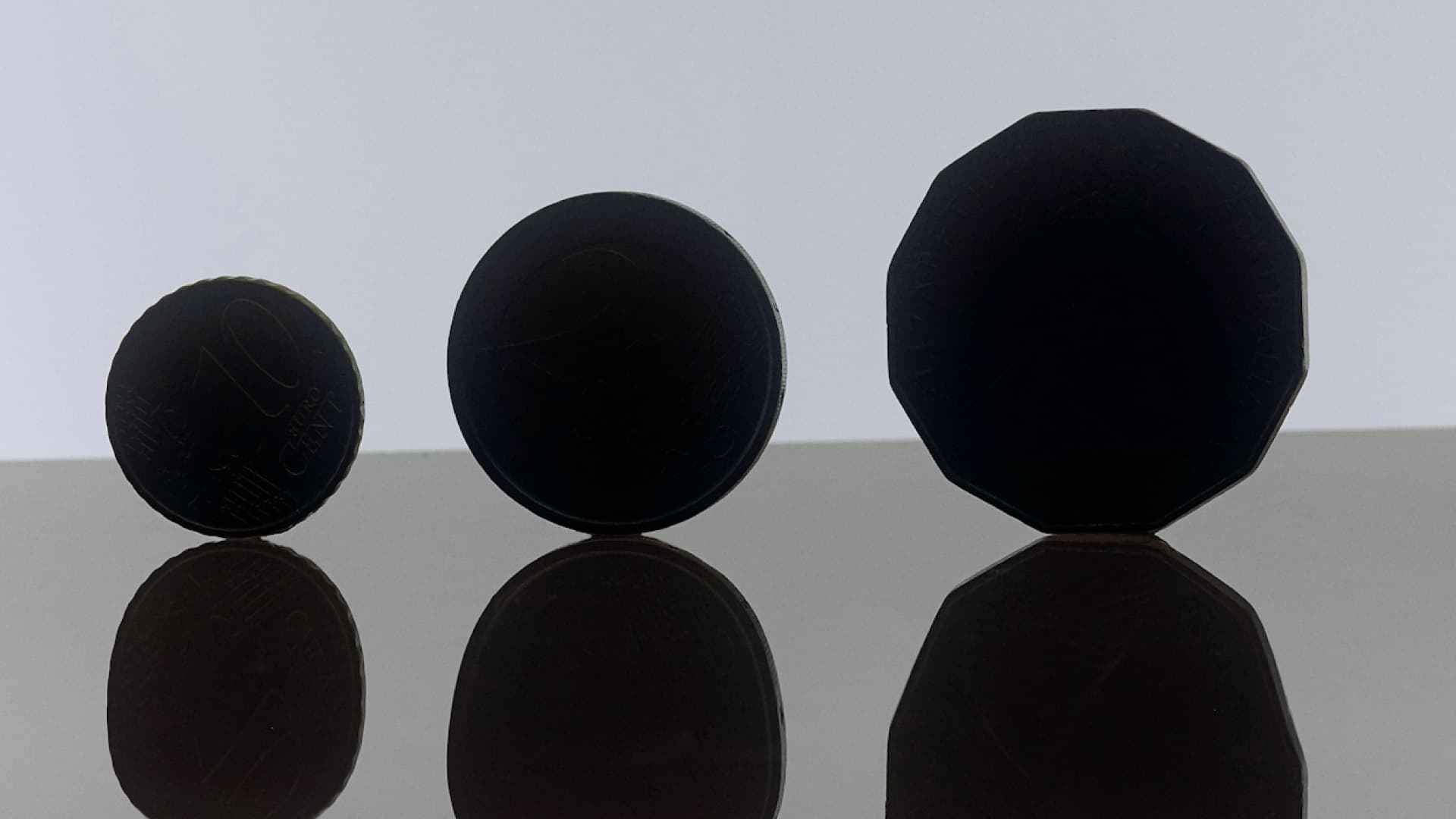TikTok & Salesforce integration: Tips for a smooth integration
This is a substantial integration
Our first and foremost tip for brands tackling this integration project is to anticipate a considerable lift. In our experience, a lot of work goes into planning, development, testing, and ultimately supporting the solution. It’s important to set reasonable expectations around timeline, effort, and resources.
Things to consider when planning timelines include:
- Think about TikTok Shop as an additional order management integration. TikTok Shop will be a secondary source of orders, so you’ll need to plan how this affects data flows and other systems within your Salesforce instance.
- TikTok has yet to be designed for multi-users/admins. That means there is a single set of credentials (protected by 2FA) that everyone must share. When working as a dispersed team, this seemingly small detail creates a lot of extra coordination.
- The initial onboarding process takes at least a week. No development can start until you’ve checked off this step, and it’s one more thing that can delay momentum.
Of course, how long this takes depends on your business processes, familiarity with Salesforce, and integration expertise.
If you’ve never done a TikTok-Salesforce integration before, expect it to take three to four months. At DEPT®, we’ve refined the process and, as of December 2023, have the timeline down to about eight weeks.
Start with just a few products
It’s important to think strategically about which products and how many will be marketed on TikTok. You should start with products that:
- Fill a specific and unique need
- Have virality potential
- Are supported with deep inventory
We recommend choosing around five products to start.
Test with this handful of products to understand your minimum viable revenue. These products are probably your best sellers that have had success with influencer marketing campaigns. Being selective limits your risk as you test this new revenue stream.
Devote time to testing
While many commerce platforms treat integrations differently, most enterprise commerce platforms require individual business accounts for staging, pre-prod, and prod. This accounts for three rounds of testing. You might also need to do a full regression test before you go live.
For Peter Thomas Roth, we integrated their TikTok Shop with Salesforce Commerce Cloud in the summer of 2023. We tested all three environments, which required a dedicated QA team working for several weeks alongside our developers. This testing was necessary to identify bugs and data flows before pushing it live.
Embrace a new opportunity
For all shapes and sizes of e-commerce brands, this technology enablement represents a massive opportunity—to connect with users, showcase your one-of-a-kind products, and generate more revenue within a shorter time frame.
By integrating your Commerce Cloud, you can also get better insight into what campaigns are engaging and converting.
In 2023, we successfully integrated Peter Thomas Roth’s Commerce Cloud with TikTok Shop, and sales have been off the charts. Between November 15th and 30th, 48% of all orders came from TikTok Shop, showing the power of influencers and creators on the platform.
It’s truly an exciting time to be in commerce, so we can’t recommend jumping on TikTok Shop fast enough.
As a Salesforce Summit Partner, DEPT® can launch your TikTok Storefront in as little as eight weeks. Reach out to learn more.
More insights
Questions about TikTok and Salesforce?
Chief Architect at DEPT®





